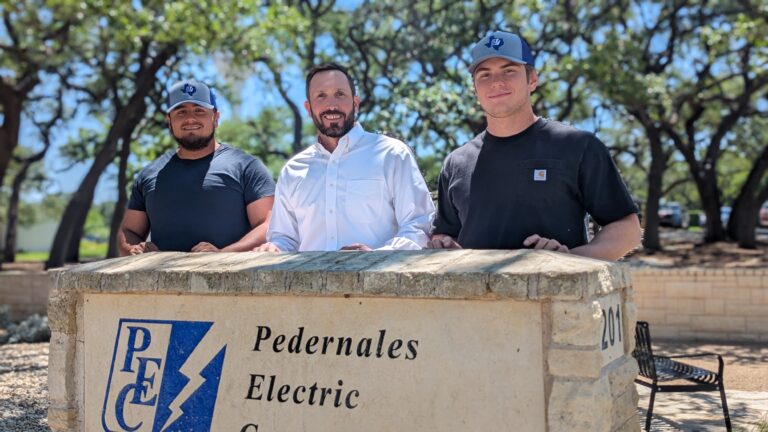A malfunction can drive up your energy costs
If your heat pump is malfunctioning, you may be losing money.
When your heat pump is set to heat mode, make sure the outside compressor is operating when the indoor air handler is running. If the outside unit is not operating, the auxiliary resistance heat will automatically start running to heat your house; and you won’t necessarily realize the compressor isn’t working because your house will be warm.
Here’s how to know everything is running efficiently.
Auxiliary heat
You may be familiar with the auxiliary heat (Aux Ht) indicator on your thermostat. Auxiliary heat uses resistance heat strips inside the air handler to warm air. When the heat pump doesn’t make enough heat on its own, it will automatically turn on to compensate. While this does the job, it’s not very efficient and uses at least double the energy of a properly operating heat pump.
Some smart thermostats let you set how often you’d like to use auxiliary heat, so you can choose between saving energy, being more comfortable, or a balance between the two.
Auxiliary heat mode is designed to operate when the indoor temperature is three degrees cooler than the thermostat setting. If you have a heat pump, increase your heat setting by two degrees at a time to prevent your auxiliary heat from kicking on.
Test your system’s efficiency
To know how well your HVAC is performing, it’s important to know the difference between return air temperature — what goes in your filter grille — and supply air temperature — what comes out of the vents. We call this the “split” temperature, and you can test it using a digital thermometer (about $12 at a hardware store).
The ideal split temperature depends on the mode you’re using. Test your system’s performance on each setting:
Heat pump only: This is the most efficient setting on your heat pump because it only uses your outside compressor to generate heat, but it only works when the outside temperature is above 40 degrees. The “split” temperature between the supply air and the air coming out of your vents should be 25 degrees or more.
Heat pump with auxiliary heat: At this setting, the “split” temperature should be about 30 degrees depending on the amount of connected heating elements. Auxiliary heat also runs during the system’s defrost cycle. If the system has to defrost frequently, you may need to switch your thermostat setting to “emergency heat.”
Emergency heat: When the outside temperature is below freezing, this is the most effective setting. You’ll pay more to run it because it takes more electricity to operate, but it works well to achieve comfort and reduces wear and tear on your heat pump. The “split” temperature in this setting should be well above 30 degrees, depending on the number of heating elements connected.
Many variables can impact each of these functions. If you have concerns about performance, hire a knowledgeable HVAC contractor to explain how your system works and help you get the most out of it.


